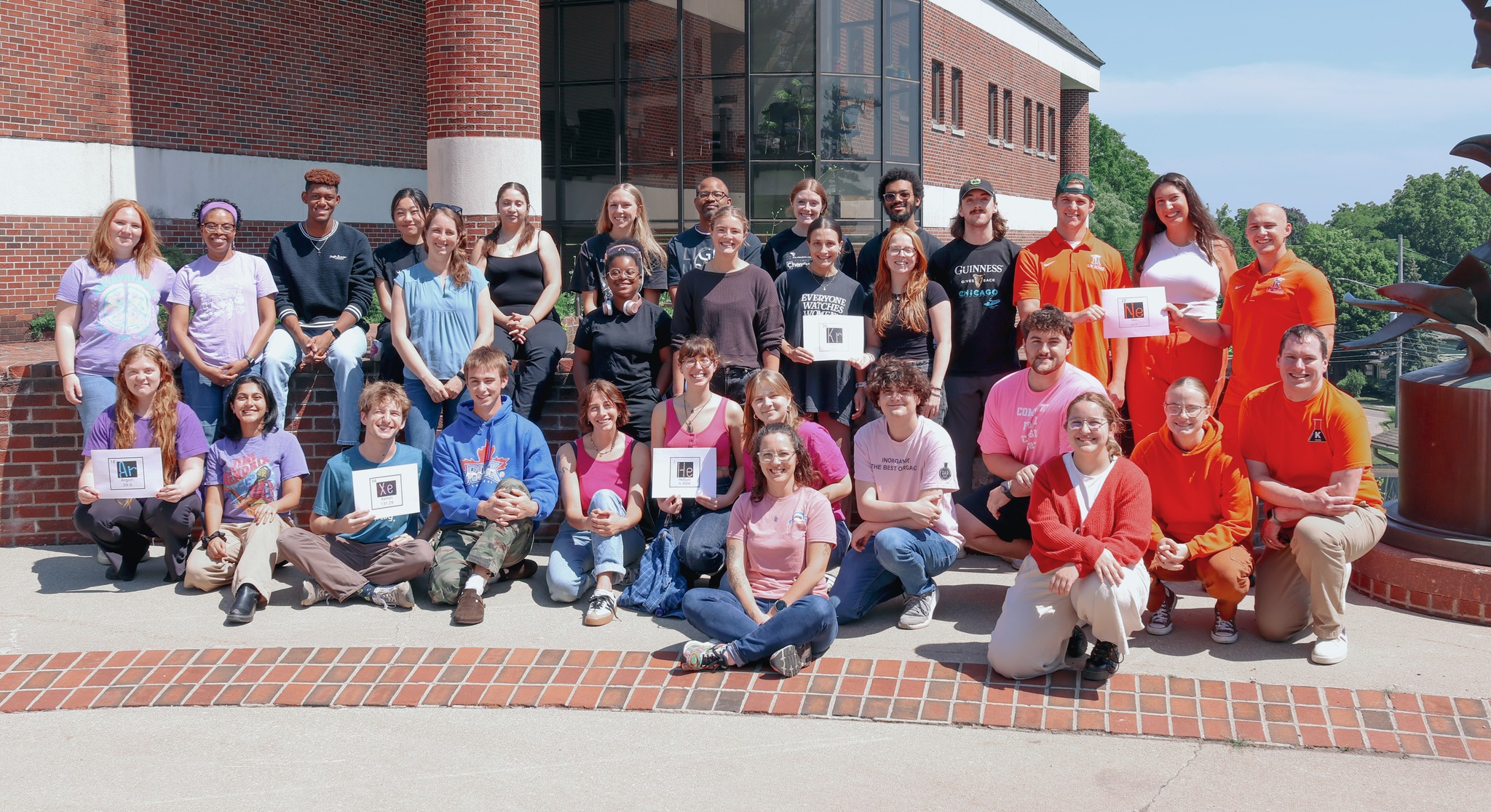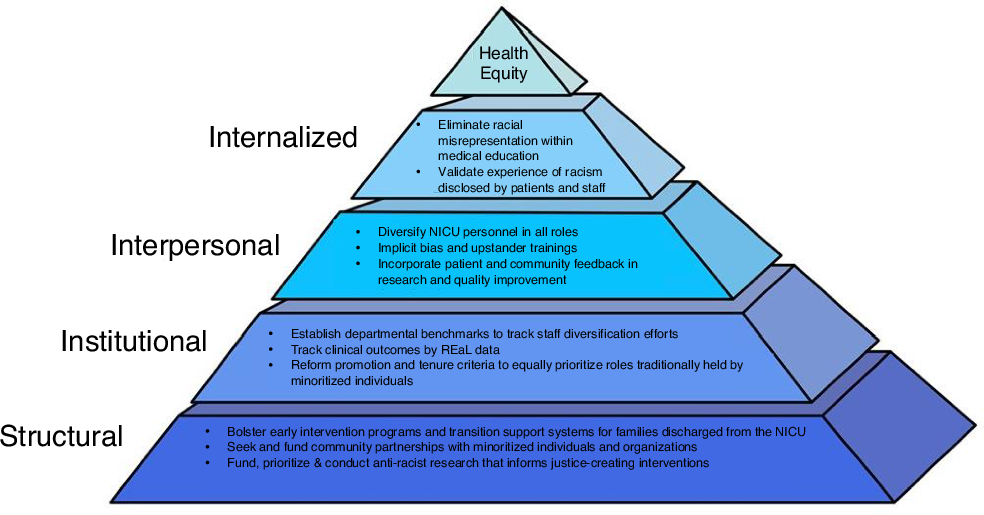Food service workers seek financial assistance from Giving Kitchen every 28 minutes – Scripps News

Report on Giving Kitchen’s Contribution to Sustainable Development Goals
Introduction: Addressing Economic Precarity in the Food Service Sector
This report analyzes the operations and impact of Giving Kitchen, a nonprofit organization providing emergency assistance to food service workers. Recent data indicates a growing crisis within the sector, with a request for help registered every 28 minutes. This highlights significant vulnerabilities among this workforce, directly impacting several United Nations Sustainable Development Goals (SDGs). The organization’s work provides a critical social safety net, contributing to economic stability, food security, and community well-being.
Key Findings and Impact Analysis
The assistance provided by Giving Kitchen yields measurable outcomes that align with global development targets. The organization’s efforts are crucial in mitigating the immediate effects of financial crises on workers and their families.
- Financial Assistance Awarded (August): $277,175
- Total Financial Assistance (to date): Over $16.3 million
- Total Individuals Assisted (to date): Over 31,000
- Impact on Housing Stability:
- 84% of recipients reported that the aid helped them avoid potential homelessness.
- 75% of recipients stated the aid prevented an eviction.
- Impact on Food Security:
- 71% of recipients confirmed the aid allowed them to avoid skipping meals.
- Over 1,200 children were part of households that received assistance.
Direct Alignment with Sustainable Development Goals (SDGs)
Giving Kitchen’s model of direct financial intervention for workers in crisis demonstrates a strong alignment with multiple SDGs. The organization’s impact extends beyond individual aid to support broader community resilience and sustainable development.
- SDG 1: No Poverty
By providing emergency funds for rent and living expenses, Giving Kitchen directly prevents individuals and families from falling into poverty. The high percentage of recipients avoiding eviction (75%) and homelessness (84%) underscores the organization’s role as a vital defense against destitution. - SDG 2: Zero Hunger
The report that 71% of aid recipients did not have to skip meals is a direct contribution to achieving food security. By ensuring households, including over 1,200 children, can afford basic necessities, the organization addresses a fundamental aspect of SDG 2. - SDG 3: Good Health and Well-being
Financial instability is a significant stressor that can impede recovery from illness. By alleviating the financial burden, as seen in the case study below, Giving Kitchen enables workers to focus on their physical and mental health, which is essential for overall well-being. - SDG 8: Decent Work and Economic Growth
The food service industry is a major component of the economy. Giving Kitchen provides a crucial social protection mechanism for this workforce, promoting stability and resilience. This support helps maintain a stable workforce, contributing to sustainable economic activity. - SDG 11: Sustainable Cities and Communities
Housing stability is a cornerstone of sustainable communities. By preventing evictions and homelessness on a large scale, the organization helps maintain the fabric of communities, ensuring they remain inclusive, safe, and resilient.
Case Study: Maria C. – A Focus on Health and Housing
The case of Maria C., a school cafeteria kitchen lead diagnosed with breast cancer, exemplifies the intersection of health crises and economic vulnerability. Her situation highlights the direct link between financial assistance and the achievement of key SDGs.
- Challenge: Faced with a recommendation to take six months off work for treatment, Maria C. was at risk of losing her income and being evicted, jeopardizing her recovery and the stability of her family.
- Intervention: Giving Kitchen provided financial assistance to cover two months of her rent.
- SDG Impact:
- SDG 3 (Good Health and Well-being): The aid allowed her to prioritize her cancer treatment and recovery without the overwhelming stress of imminent housing loss.
- SDG 1 (No Poverty): The rent assistance directly prevented her from facing eviction and potential poverty during a period of zero income.
Analysis of Sustainable Development Goals in the Article
1. Which SDGs are addressed or connected to the issues highlighted in the article?
-
SDG 1: No Poverty
The article directly addresses poverty by highlighting the financial instability of food service workers. The nonprofit, Giving Kitchen, provides emergency financial assistance to prevent workers from falling into poverty due to personal crises, such as illness. The text states that aid helped recipients avoid homelessness and eviction, which are direct consequences of poverty.
-
SDG 2: Zero Hunger
This goal is relevant as the article explicitly mentions that the financial aid provided by Giving Kitchen helped workers avoid food insecurity. It states that “about 71% said the aid meant they didn’t have to skip meals to save money,” directly connecting the financial assistance to ensuring access to food.
-
SDG 3: Good Health and Well-being
The article connects to this SDG through the story of Maria C., a kitchen lead diagnosed with breast cancer. Her inability to take time off for treatment without losing her income and risking eviction highlights the link between financial stability and the ability to manage health crises. The assistance allowed her to “focus more on her recovery,” thus supporting her well-being.
-
SDG 8: Decent Work and Economic Growth
The article implicitly addresses the lack of decent work and social protection for food service workers. The high frequency of requests for help (“every 28 minutes”) suggests that many workers in this industry are in precarious employment situations, lacking sufficient income, benefits, or savings to handle emergencies. The nonprofit’s existence points to a systemic gap in social safety nets for these workers.
-
SDG 11: Sustainable Cities and Communities
This goal, particularly its focus on adequate housing, is directly addressed. The article reports that “nearly 84% of food service workers who received aid reported it helped them avoid potential homelessness, and almost 75% said it prevented eviction.” This shows a clear link between the financial aid and housing security for workers in communities.
2. What specific targets under those SDGs can be identified based on the article’s content?
-
Target 1.3: Implement nationally appropriate social protection systems and measures for all.
Giving Kitchen acts as a private social protection system for a vulnerable group of workers. The article demonstrates how the organization provides a safety net (“emergency assistance”) where formal systems may be insufficient, directly contributing to this target by offering financial support during crises.
-
Target 2.1: By 2030, end hunger and ensure access by all people… to safe, nutritious and sufficient food all year round.
The article’s finding that 71% of aid recipients avoided skipping meals directly relates to ensuring access to sufficient food. The financial assistance removes the choice between paying for other necessities (like rent) and buying food, thereby addressing food insecurity among these workers.
-
Target 3.8: Achieve universal health coverage, including financial risk protection.
Maria C.’s story is a clear example of the need for financial risk protection during a health crisis. Her oncologist advised her to take six months off, but she couldn’t afford it. The financial aid provided this protection, allowing her to follow medical advice without facing eviction, which aligns with the goal of preventing financial hardship due to health issues.
-
Target 8.8: Protect labour rights and promote safe and secure working environments for all workers… and those in precarious employment.
The constant need for emergency assistance, as highlighted by the “every 28 minutes” statistic, suggests that food service work can be a form of precarious employment. These workers lack the security to withstand financial shocks from illness or other emergencies, indicating a need for better protection as outlined in this target.
-
Target 11.1: By 2030, ensure access for all to adequate, safe and affordable housing.
This target is directly supported by the article’s data. The financial assistance provided by Giving Kitchen is explicitly used to maintain housing, with the article stating that it helped nearly 84% of recipients avoid homelessness and almost 75% prevent eviction. This demonstrates a direct contribution to housing security.
3. Are there any indicators mentioned or implied in the article that can be used to measure progress towards the identified targets?
- Frequency of requests for assistance: The article states that “a food service worker now asks for help every 28 minutes.” This can serve as an indicator of the economic vulnerability and lack of social protection (relevant to SDG 1 and SDG 8) within the food service industry. A decrease in this frequency could indicate improved conditions.
- Amount of financial assistance disbursed: The article mentions specific figures, such as “$277,175 in financial assistance” in August and “more than $16.3 million in financial assistance” since its founding. These amounts quantify the financial gap that needs to be filled and can be used as an indicator of the scale of need.
- Percentage of recipients avoiding homelessness or eviction: The statistics that “nearly 84% of food service workers who received aid reported it helped them avoid potential homelessness, and almost 75% said it prevented eviction” are direct indicators for measuring progress towards Target 11.1 (access to adequate housing).
- Percentage of recipients avoiding food insecurity: The statement that “about 71% said the aid meant they didn’t have to skip meals to save money” is a clear indicator for measuring progress towards Target 2.1 (ending hunger).
- Number of individuals and households supported: The article notes that assistance has been provided to “over 31,000 food service workers nationwide” and that “more than 1,200 children were part of households that received help.” These numbers serve as indicators of the reach and impact of the support system on vulnerable populations (relevant to SDG 1).
4. Summary Table of SDGs, Targets, and Indicators
| SDGs | Targets | Indicators |
|---|---|---|
| SDG 1: No Poverty | 1.3: Implement nationally appropriate social protection systems and measures for all. |
|
| SDG 2: Zero Hunger | 2.1: End hunger and ensure access by all people to sufficient food. |
|
| SDG 3: Good Health and Well-being | 3.8: Achieve universal health coverage, including financial risk protection. |
|
| SDG 8: Decent Work and Economic Growth | 8.8: Protect labour rights and promote secure working environments for all workers, especially those in precarious employment. |
|
| SDG 11: Sustainable Cities and Communities | 11.1: Ensure access for all to adequate, safe and affordable housing. |
|
Source: scrippsnews.com

What is Your Reaction?
 Like
0
Like
0
 Dislike
0
Dislike
0
 Love
0
Love
0
 Funny
0
Funny
0
 Angry
0
Angry
0
 Sad
0
Sad
0
 Wow
0
Wow
0
















































/environment-climate-change-and-health-(ech)/water-sanitation-hygiene-and-health-(wsh)/landfill-tuvalu-36092.tmb-1200v.jpg?sfvrsn=5c21fe40_1#)

.jpg.webp?itok=0ZsAnae9#)

























